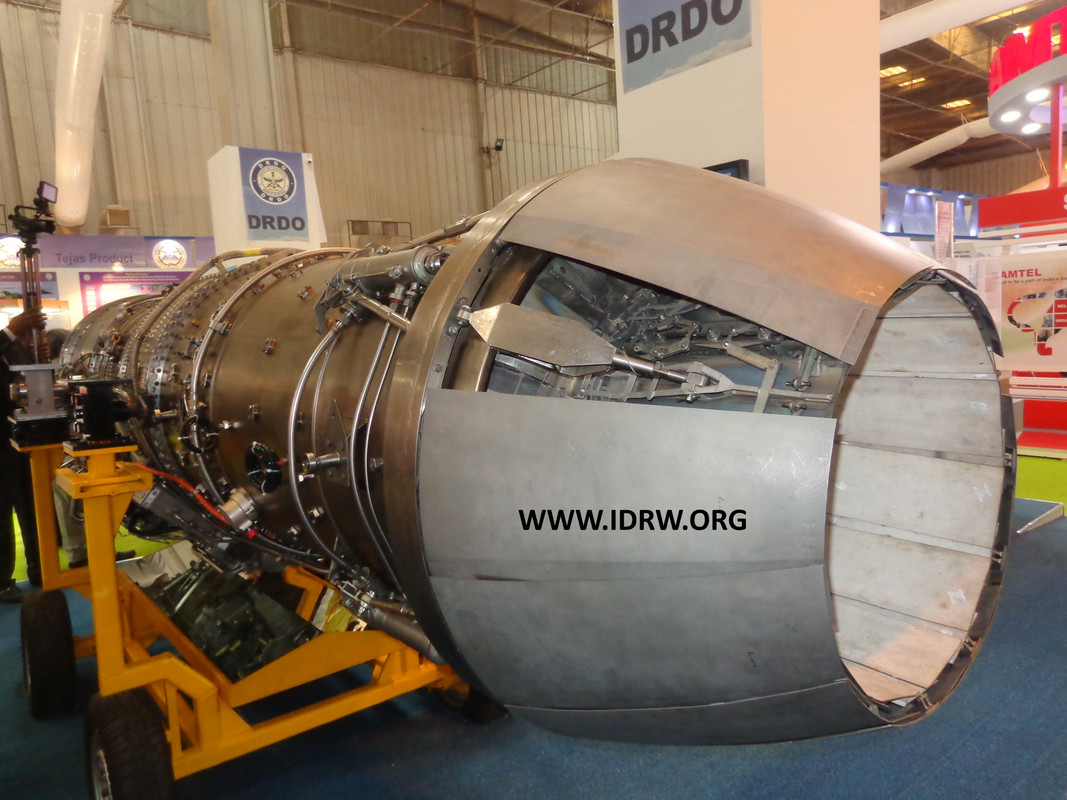SOURCE: RAUNAK KUNDE / NEWS BEAT / IDRW.ORG

India’s long-standing ambition to develop a homegrown jet engine may soon see a significant milestone. The Gas Turbine Research Establishment (GTRE) is gearing up to demonstrate the indigenous Kaveri engine on an LCA-Tejas Trainer aircraft within the next three years. This demonstration is set to conclude nearly three decades of development on the Kaveri engine program and could offer a powerful alternative to the current engines powering the Tejas Mk1A.
The Kaveri engine program, initiated by the Defence Research and Development Organisation (DRDO) under GTRE, has faced numerous challenges and delays since its inception. However, recent advancements have brought renewed optimism. The target is to achieve an 81-83kN thrust during these demonstration flights, potentially making the Kaveri engine suitable for the second batch of Tejas Mk1A fighters.
Significant improvements have been made to the Kaveri engine’s dry core, now capable of demonstrating 49-51kN of dry thrust. This exceeds the 46kN required for the Ghatak Unmanned Combat Air Vehicle (UCAV) program. GTRE has also commenced work on a new generation afterburner designed to generate nearly 30kN of thrust in wet mode, where afterburners are engaged.
One of the standout features of the Kaveri engine is its flat-rated design, meaning it does not suffer from thrust loss in highly humid and dry conditions—a common issue in the diverse climate of India. This characteristic is particularly crucial for maintaining consistent performance, unlike the GE F404 engine, which, despite generating 84kN of thrust, can lose 7-8% of its power in such conditions. Consequently, the Kaveri engine, maintaining its 80kN thrust, could potentially outperform the GE F404, which might fall below 79kN in similar environments.
The success of the Kaveri engine demonstration on the LCA-Tejas will be pivotal in garnering support from the Indian Air Force (IAF). The data collected from these flights will be critical in validating the engine’s performance and reliability. If the Kaveri engine meets the required standards, it could become a viable alternative to imported engines, significantly enhancing India’s self-reliance in defence technology.
Despite the recent progress, the Kaveri engine still faces several hurdles. The demonstration flights will need to address issues related to engine integration, performance under various operational conditions, and long-term reliability. However, a successful demonstration could mark a turning point, paving the way for its inclusion in future batches of the Tejas Mk1A and potentially other indigenous aircraft programs.
NOTE : Article cannot be reproduced without written permission of idrw.org in any form even for YouTube Videos to avoid Copy right strikes. Websites doing illegal reproductions will get DMCA and Legal Notices.